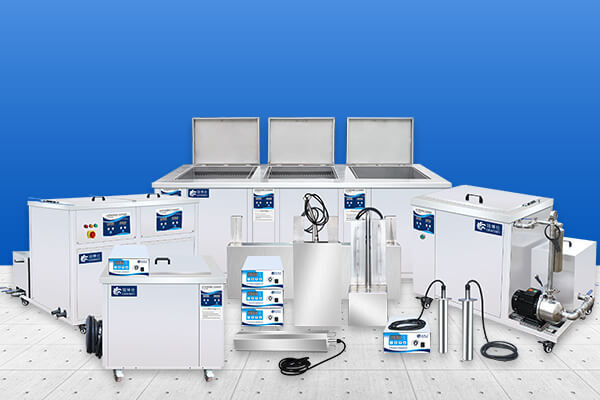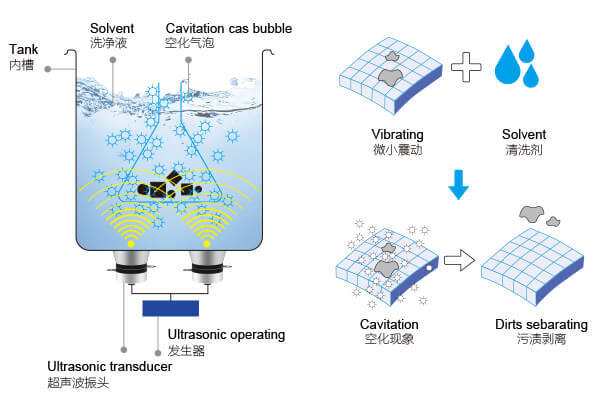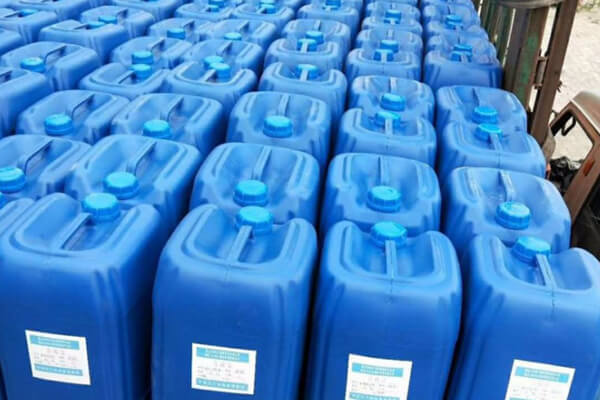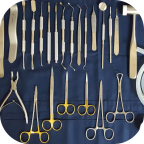Choosing the Right Solution for Your Ultrasonic Cleaner
Browse Volume:74 Classify:Support
When you look at your ultrasonic cleaner—whether it’s humming quietly on your workbench or tucked in a corner of the lab—it promises a kind of effortless cleaning magic. But the secret ingredient that determines its success isn’t just sound waves. It’s the solution you choose. The right fluid will let your cleaner reach deep into crevices, lift grime, and protect your items. The wrong one could mean wasted time, damaged parts, or even harm to your machine. So, what solution should you really be using? Let’s take a deep, thorough journey into everything you need to know.

Ultrasonic cleaning equipment
The Science of Ultrasonic Cleaning and Solution Choice
Ultrasonic cleaners work through cavitation: high-frequency sound waves pass through a liquid, forming bubbles that collapse and send out tiny shockwaves. These shockwaves clean surfaces by breaking bonds between grime and material. But here’s the catch: those bubbles form and collapse much more effectively in a liquid formulated to lower surface tension and target specific contaminants. That’s where your cleaning solution comes in.
Types of Ultrasonic Cleaning Solutions
Mild and Household Solutions
Plain water works for light dust but has limited power. Add a few drops of dish soap and you can lift oils and smudges from eyeglasses, coins, and simple jewelry. For household cleaning, this combination is safe, affordable, and easy.
Jewelry-Specific Cleaners
These formulas are designed for gold, silver, platinum, and hard gemstones like diamonds. They often contain anti-tarnish agents that restore shine without scratching or dulling.
Enzyme Solutions
In medical and food industries, enzyme-based solutions (with amylase, protease, etc.) break down organic grime—think dried blood, food residue, or starch deposits. They’re perfect for dental tools, lab glassware, and food processing equipment.
Industrial Degreasers
If you’re cleaning carburetors, engine parts, or anything caked with grease, a non-flammable, water-based industrial degreaser is essential. These solutions emulsify oils and cut through heavy grime.
Mild Alkaline Mixes
DIY mixes of baking soda and dish soap work well for kitchen tools coated with starches or sugar residues. They’re mild yet effective for these specific contaminants.
Acidic Solutions
Rust, mineral deposits, and oxide layers don’t stand a chance against acidic solutions like phosphoric or citric acid cleaners. But these should be used cautiously, with PPE, and only on compatible metals.
Matching Solutions to Grime
| Solution | Removes | Best For | Notes |
|---|---|---|---|
| Plain water | Dust, fingerprints | General items | Minimal cleaning effect |
| Dish soap + water | Oils, smudges | Eyeglasses, jewelry | Gentle, safe |
| Jewelry cleaner | Tarnish, oxidation | Precious metals | Use per directions |
| Enzyme cleaner | Starches, blood, food | Medical/lab tools, retainers | Warm water enhances action |
| Industrial degreaser | Grease, carbon | Engine parts, tools | Ensure non-flammable |
| Mild alkaline mix | Starch, sugar | Kitchenware | Simple home solution |
| Acidic cleaner | Rust, scale | Metal parts | PPE required |
How to Choose Your Solution
Before filling your tank, pause and think: What’s the contaminant? What’s the item’s material? For starches or sugars, use enzymes or mild alkalis. For rust, go acidic. For oil and grease, an alkaline degreaser wins. And remember, some items (like certain soft stones or glued components) shouldn’t go in an ultrasonic tank at all.

The Principle Behind Ultrasonic Cleaning
Common Mistakes and How to Avoid Them
Many people assume stronger is better. But the strongest solution can damage delicate materials or your tank. Others make the mistake of using flammable solvents—dangerous and unnecessary when better options exist. And don’t overlook temperature: most solutions work better warm, but excessive heat can harm sensitive items.

Cleaning fluid
Tips for Safe and Effective Cleaning
- Use beakers for small volumes of specialty solutions.
- Avoid flammable or corrosive liquids unless designed for ultrasonic use.
- Change your solution regularly—dirty liquid re-deposits grime.
- Rinse items after cleaning to remove residue.
 Granbo Ultrasonic
Granbo Ultrasonic














